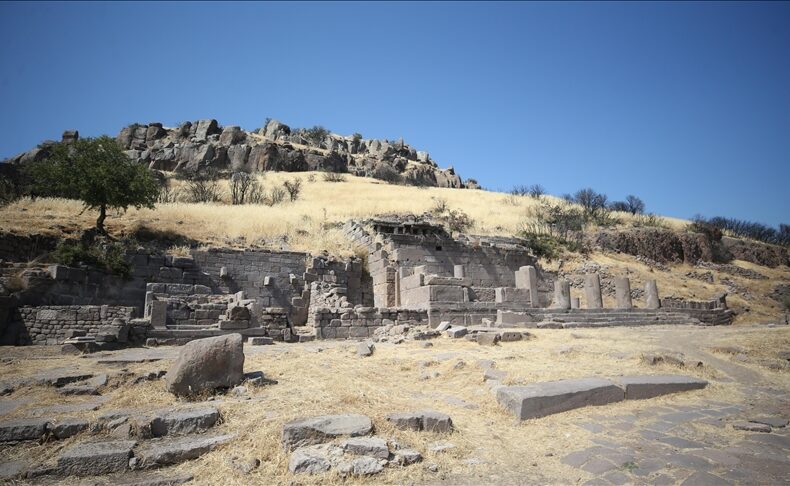
Ancient Two-Story Stoa Unearthed in Assos Reflects Hellenistic Royal Architecture
Archaeologists in the ancient city of Assos have begun uncovering a monumental 3,500-year-old stoa—an architectural structure once used as a covered walkway or gathering space in classical Greece. Stretching 110 meters in length and spanning two stories, the stoa is believed to represent a hallmark of Hellenistic royal design, reflecting the influence of Pergamon kings during the era.
The excavation is led by Prof. Dr. Nurettin Arslan, dean of the Faculty of Humanities and Social Sciences at Çanakkale Onsekiz Mart University and head of the Assos Excavation Project. Supported by Türkiye’s Ministry of Culture and Tourism and sponsored by İÇDAŞ, the long-term archaeological campaign has continued uninterrupted since 1981.
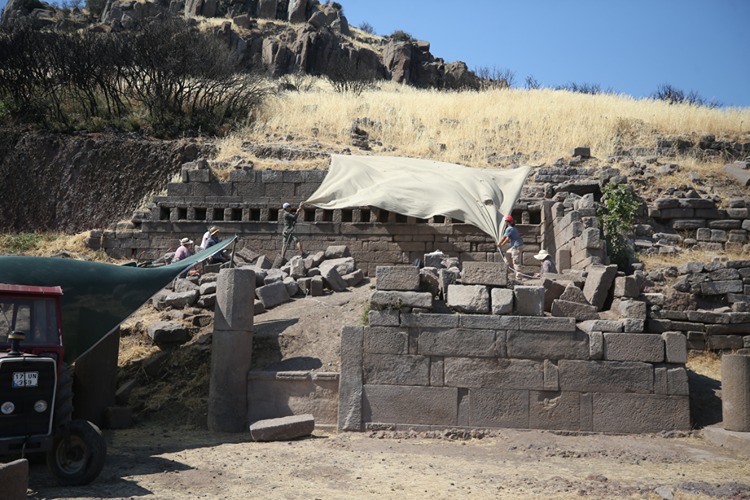
“This stoa exemplifies the architectural vision of the Pergamon dynasty during the Hellenistic period,” Prof. Arslan explained. “Its construction on sloping terrain demonstrates the advanced engineering techniques used to create large-scale public spaces that would also serve civic and ceremonial functions.”
Set on the volcanic hills overlooking the Aegean Sea, Assos was a key port city in the region known in antiquity as Troas. The current excavation season, the 44th to date, focuses on the eastern edge of the agora, where archaeologists are exposing new sections of the northern stoa.
According to Arslan, the first story of the structure remains almost entirely intact. Excavations have previously revealed the western portion of the building, but this year’s goal is to uncover parts near the ancient council building, helping researchers better grasp the full scale and spatial dynamics of the stoa.
“Uncovering a 110-meter-long, two-story civic structure like this could take many years,” Arslan noted. “But each section reveals important clues about how the city functioned in antiquity.”
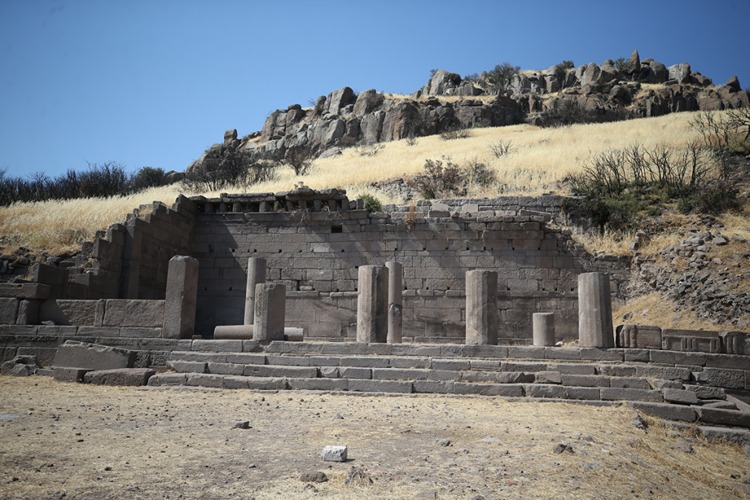
2200-Year-Old Mosaic to Be Displayed
One of the season’s highlights is the discovery of a 2,200-year-old mosaic floor composed of multicolored polygonal stones arranged in geometric and plant-based motifs. Dated to the Hellenistic period, the mosaic is a rare find that reflects both artistic and architectural sophistication. If restoration and scheduling allow, the mosaic will be made available for public display in 2025.
Additional areas under excavation include the city’s eastern gate and surrounding necropoleis, along with a Byzantine-period guesthouse, which may be fully documented this season.
Arslan emphasized that such discoveries underscore Assos’s importance not only as a scenic tourist destination but also as a key site in the study of ancient urbanism and architecture.
Cover Photo: Excavation site in the ancient city of Assos, where a 3,500-year-old stoa is being unearthed. Image Credit: Burak Akay/AA
You may also like
- A 1700-year-old statue of Pan unearthed during the excavations at Polyeuktos in İstanbul
- The granary was found in the ancient city of Sebaste, founded by the first Roman emperor Augustus
- Donalar Kale Kapı Rock Tomb or Donalar Rock Tomb
- Theater emerges as works continue in ancient city of Perinthos
- Urartian King Argishti’s bronze shield revealed the name of an unknown country
- The religious center of Lycia, the ancient city of Letoon
- Who were the Luwians?
- A new study brings a fresh perspective on the Anatolian origin of the Indo-European languages
- Perhaps the oldest thermal treatment center in the world, which has been in continuous use for 2000 years -Basilica Therma Roman Bath or King’s Daughter-
- The largest synagogue of the ancient world, located in the ancient city of Sardis, is being restored

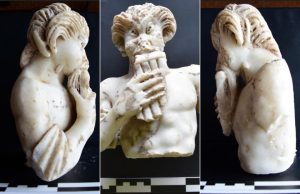
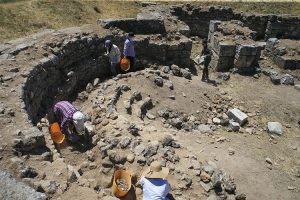
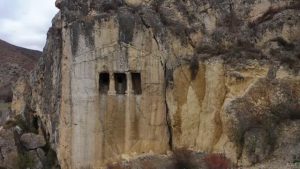
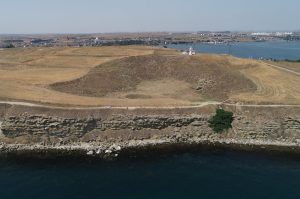
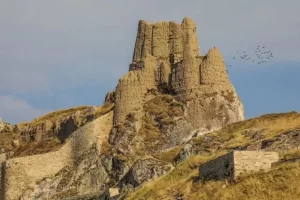
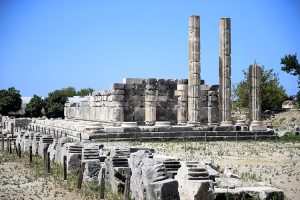


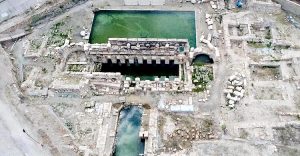
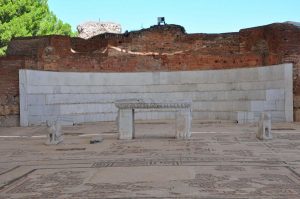
Leave a Reply